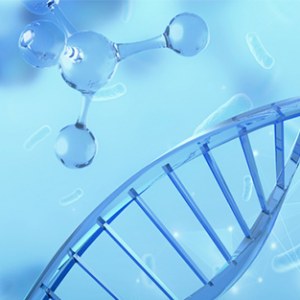 |
|
|
Jewelry
Transcriptome+Metabolome
|
|
This page is about importers and exporters of Transcriptome+Metabolome Search in a category : Jewelry Search in a category : transcriptome, metabolome |
Saturday, April 30, 2016
Quantity : 1 - Price : $650.00
Quantum Resonance Magnetic 9D NLS Analyzer Health Analyzer Picture Instruction: This is a training program for use with the nonlinear diagnostic system - «Bioplasm-NLS». «Bioplasm-NLS» refers to an entirely new class of devices, which are called “brain machines”. Functions:...
Hongkong Birascan Co.,Limited
- 518129 - Shenzhen City (深圳市)
- 075528226341
Sunday, August 28, 2016
Price : 10,00 €
Model: JBR-UF-ADirect drinking water purification system.Function: 1)Pure water : Ultra filtration water purification technology,It is effective to remove sediment, rust, suspended matter,colloid,bacteria, high molecular organic compounds and other harmful substances, Which make water 100% pure...
Jaber Environmental Protection Co., Ltd gyf
- 510000 - Guangzhou
- 86 020 84773062
- +15 9 89 16 99 06
Wednesday, April 22, 2015
Main technical data of Vacuum vapor deposition furnace Model Effective working dimension mm(Φ×H) Max temperature ( ℃) Ultimate pressure (Pa) Pressure rising rate (Pa/h) IF power (KW) IF frequency (HZ) Temperature Uniformity (℃) RVIC-100 350×700 1800 7×10-1 0...
Shanghai SIMUWU Vacuum Techbology Co., Ltd
- SIMUWUfurnace
- 201206 - ShangHai
- 0086 21 50878190
- 0086 13916613261







